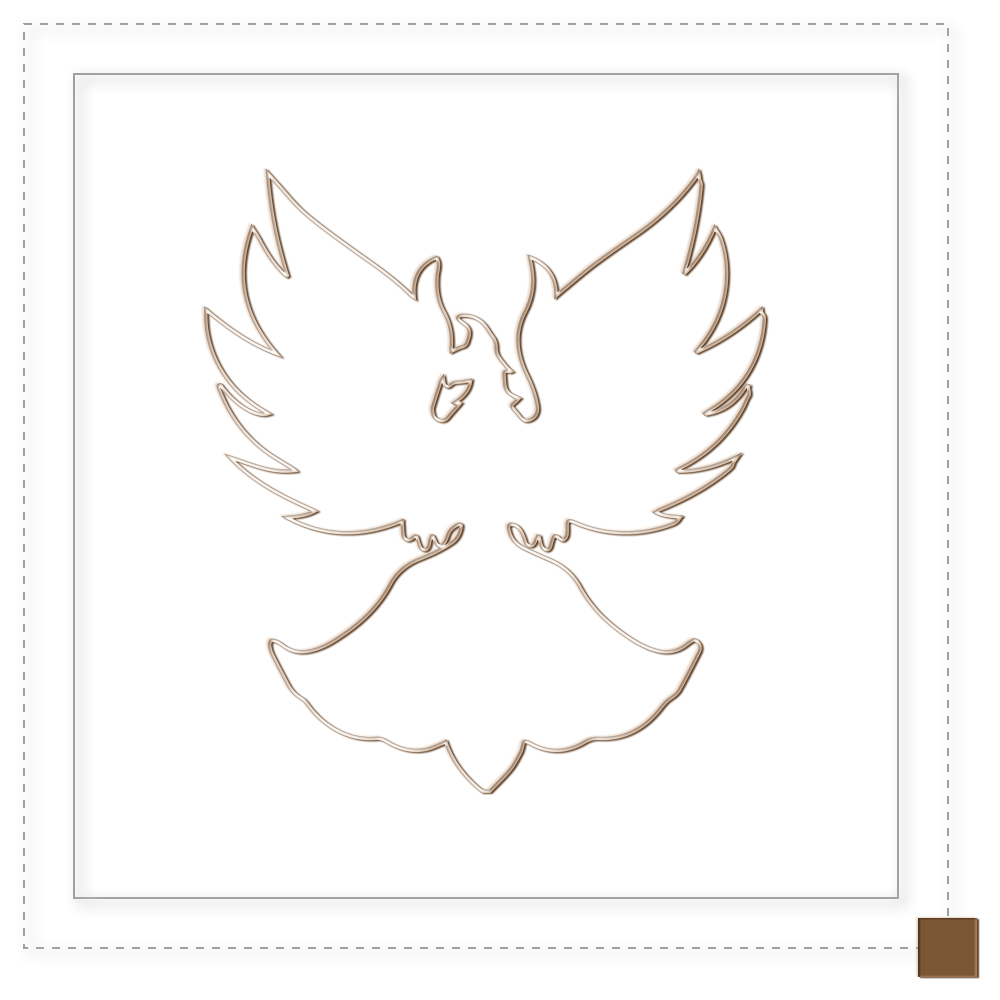However, it doesn't stop there: it's used in medicine, in the visual arts, in the management of a state, a country or even a family. The multiplicity of Chinese martial arts makes it a rare commodity when you're interested in its history and fields of action, and even more so when you meet natives of the milieu who explain to you that ...
"Chinese martial arts are an intrinsic part of the country's age-old culture although most Chinese do not practice gong fu in the Western sense of the word, they have grown up with a certain historical culture which means that unconsciously, they live through them and keep within them a potential that may, may never be revealed or awakened..." ( 蓝月 - Guangzhou)
"These days, it's a bit complex with the new generation, westernization, the joys of the body, borderline overcoming, etc. However, our arts will remain immutable, have inspired and still inspire most of the new martial arts sports and babies. When foreigners come to me saying it's like karate, boxing, taekwondo, dance or whatever and I simply reply that it all comes from here and he didn't seem to fully understand the influence of China at the time and its richness which is still incalculable today, and this day still although this one is done in a different way." (道李 - AnHui )
Some see it as a way of life, but when we look a little closer, we can see that Chinese martial arts in the intrinsic sense of the term quite simply encompass the life of the human being on all levels. Physical, mental, psychological, emotional, cosmological, energetic, evolutionary, adaptive and universal knowledge.
Thus, these arts have crossed the time and will still cross them by their subtleties and adaptability to the evolutions of the current world while preserving the immutable adages of the universe which will remain unchanged forever.
So, are Chinese martial arts in the West the same as they were in the beginning? Quite simply, no. Chinese martial arts have been ridiculed to such an extent that it's unlikely you'll ever learn the real nuts and bolts of them these days.
So what do you think? Is it done voluntarily (by China), in order to keep certain secrets, a memory, a history belonging to them? And that fooling the masses with a new martial definition is done on purpose?
Who really knows? Basically, you have to look for information from a source that is inexhaustible.
The Chinese martial arts contain so many secrets that its discovery will never end...
Just like the human being and nature, martial arts are in perpetual evolution while keeping solid and unwavering roots!



